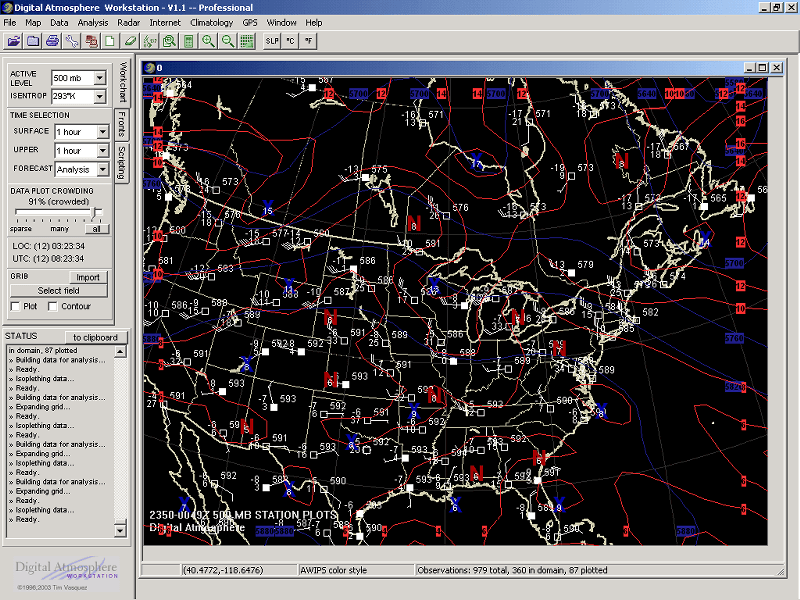

GO DO GOOD G ODDESSES GODS G ODDESSES GOOD DO GO GO DO GOOD GODS GODDESSES GODS GOOD DO GO I S IS IS DEAD IS ISIS ALIVE I S IS IS DEAD I S IS IS T here e xisted no othe r who wo rk ed w ith me. It reflected the fact that the mysterious object had also served as an enduring symbol for the mythical Phoen ix, the divine B ennu b ird whose appearances and disappearances were believed to be linked to Violent cosmic cycles and to the destruction and rebirth of world ages.12" M ansion of the Phoen ix described the original temple at Heliopolis where the Benben had been housed. The name Benben was likewise applied to the pyramidion, or apex stone, usually placed on top of pyramids.10 In a symbolic sense, it was also associated closely and directly with R a-A tum, of whom the ancient texts said, 'You became high on the height you rose up as the Benben stone in the Mansion of the Phoenix. In that period (the Twelfth Dynasty) all that was clearly recalled was that the Benben had been pyramidal in form, thus providing (together with the pillar on which it stood) a prototype for the shape of all future obelisks. Unfortu-nately, it had been lost so long before that its appearance was no longer remembered by the time Senuseret took the throne in 1971 BC. The Benben was believed to have fallen from the skies. The Egyptians called Heliopolis Innu, the pillar, because tradition had it that the Benben had been kept here in remote pre-dynastic times, when it had balanced on top of a pillar of rough-hewn stone. They were also famous for their possession of a powerful and sacred object known as the Benben.9 Moreover the priests of Innu, whose responsibility ,it had been to guard and nurture such traditions, had been renowned throughout Egypt for their high wisdom and their proficiency in prophecy, astronomy, mathematics, architecture and the magic arts. Nevertheless I could hardly forget / / that out of this very same Heliopolitan tradition the great myth of Isis and Osiris had flowed, covertly transmitting an accurate calculus for the rate of precessional motion. Who were these people - or creatures, or beings, or gods? Were they figments of the priestly imagination, or symbols, or ciphers? Were the stories told about them vivid myth memories of real events which had taken place thousands of years previously? Or were they, perhaps, part of a coded message from the ancients that had been transmitting itself over and over again down the epochs - a message only now beginning to be unravelled and understood? Of the nine, Ra, Shu, Geb and Osiris were said to have ruled in Egypt as kings, followed by Horus, and lastly - for 3226 years - by the Ibis-headed wisdom god Thoth.
Vaof digital atmosphere full#
These two also mated, creating Osiris and Isis, Set and Nepthys, and so completed the Ennead, the full company of the N ine Gods of Heliopolis. I evacuated under the form of Shu, I passed water under the form of Tefnut.,7ĭespite such apparently inauspicious beginnings, Shu and Tefnut (who were always described as ' Twins' and frequently depicted as lions) grew to maturity, copulated and produced offspring of their own: Geb the god of the earth and Nut, the goddess of the sky. ' Ithrust my phallus into my closed hand. '.6Ĭonscious of be ing a lone, t his b lessed a nd immortal being contrived to create two divine offspring, Shu, god of the air and dryness, and Tefnut the goddess of moisture: There existed no other who worked with me. The sky had not been created, the earth had not been created, the children of the earth and the reptiles had not been fashioned in that place.

' shape less, b lack w ith the blackness of the blackest n ight' Out of this inert cosmic ocean (described as 'shapeless, black with the blackness of the blackest night') rose a mound of dry land on which R a, the Sun God, materialized in his self-created form as A tum (sometimes depicted as an old bearded man leaning on a staff:5


It taught that in the beginning the universe had been filled with a dark, watery nothingness, called the Nun. Heliopolitan theology rested on a creation-myth distinguished by a. Indeed, together with Giza (and the distant southern city of Abydos) Innu / Heliopolis was believed to have been part of the first land that emerged from the primeval waters at the / / moment of creation, the land of the 'First Time', where the gods had commenced their rule on earth. " Heliopolis (City of the Sun) was referred to in the Bible as On but was originally known in the Egyptian language as Innu, or Innu Mehret - meaning 'the pillar' or 'the northern pillar'.3 It was a district of immense sanctity, associated with a strange group of nine solar and stellar deities, and was old beyond reckoning when Senuseret chose it as the site for his obelisk. IS A STROLOGY A STA RRY LOGO A STROLOGY A STA RRY LOGO I S


 0 kommentar(er)
0 kommentar(er)
